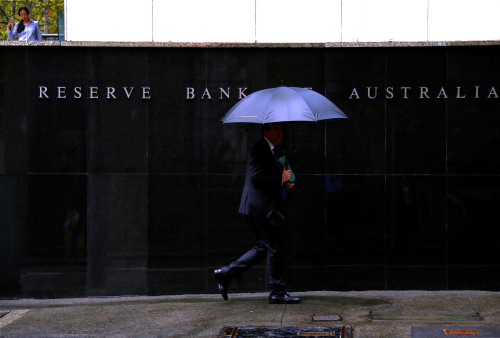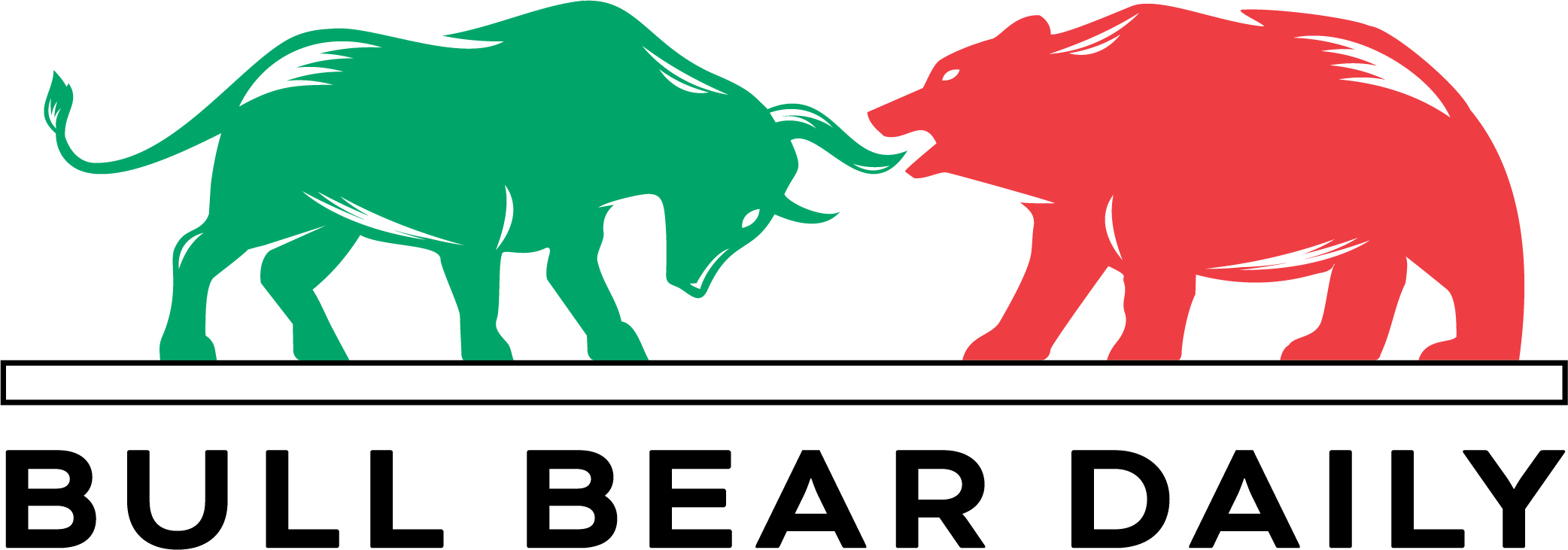
SYDNEY, June 3 (Reuters) – Australia’s central bank considered cutting interest rates by an outsized 50 basis points last month as “insurance” against global trade risks, but decided to go the predictable route with a cautious easing.
Minutes of its May 20 policy meeting, showed the Reserve Bank of Australia board also debated holding rates unchanged at 4.10%, but saw strong arguments both domestically and globally for a move to 3.85%.
Crucially, President Donald Trump’s tariffs had been much higher than first assumed and posed significants risks to global growth, and thus to Australian business and consumer confidence.
Indeed, if the worst scenarios eventuated policy might need to move to “an expansionary setting”, implying rates falling below a neutral range around 3.0%.
However, board members were not persuaded that a cut of 50 basis points was needed at this meeting given the domestic economy was still resilient and the labour market still tight.
The board also noted it would be challenging for businesses and households should the RBA, for whatever reason, have to reverse such a rapid easing.
“They also judged that it was not yet time to move monetary policy to an expansionary stance,” the minutes showed.
“Globsal policy uncertainty led members to express a preference to move cautiously and predictably when withdrawing some of the current policy restriction.”
Markets imply around a 70% chance the RBA will ease again at its next meeting on July 8, though most analysts assume it will wait for inflation data for the second-quarter to be released later in the month before deciding in August.
Futures see rates bottoming around 2.85% or 3.10% by early next year, roughly where policy would be neutral as in neither stimulating nor restraining economic growth.
The minutes showed the board udged progress on domestic inflation alone would have allowed for a cut in rates, and global uncertainty merely strengthened the case.
Core inflation ran at an annual 2.9% in the first quarter, back within the RBA’s 2% to 3% target range, and is projected by policy makers to reach 2.6% by year-end.
The board also saw a risk that household consumption might not pick up as expected, having been surprisingly subdued in rec ent months despite the RBA cutting rates for the first time in February.
(Reporting by Wayne Cole)
Keywords: AUSTRALIA RBA/MINUTES



